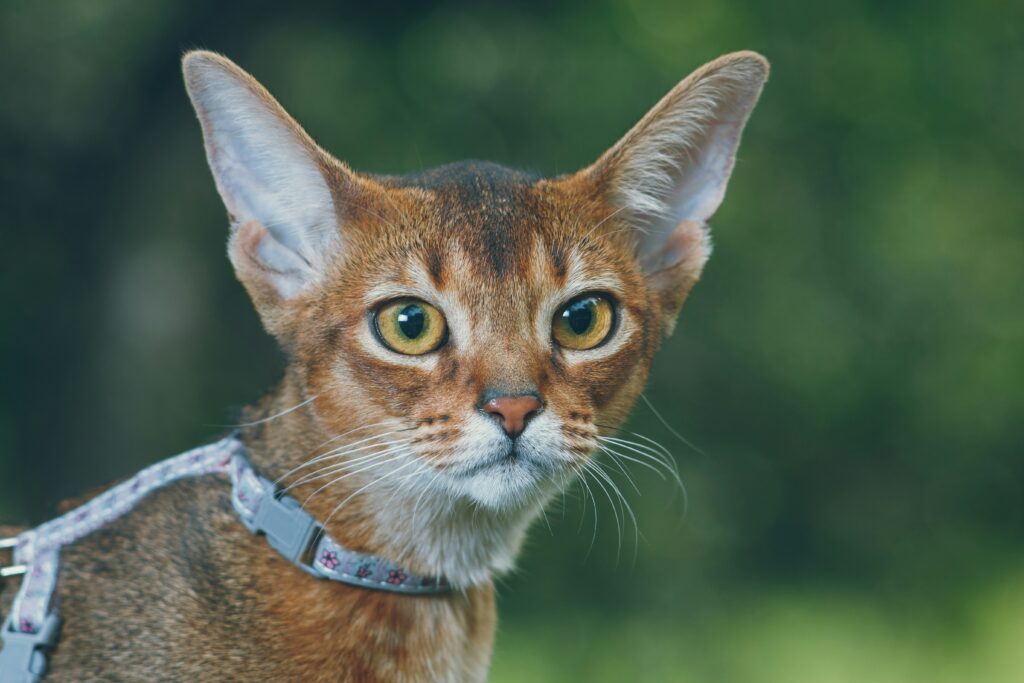Cats are known for their grooming habits, spending hours licking and cleaning their fur. It’s one of their most charming traits, but what happens when they suddenly stop? There are several reasons why a cat might stop grooming, such as health issues, stress, or simply aging. Identifying the cause can be important for their well-being.
When a cat stops grooming, it can be worrying for their owner. Sometimes, changes in behavior can signal something more serious. Knowing these signs can help pet owners take action early and ensure their furry friend stays happy and healthy.
Exploring the reasons behind this behavior can lead to better care and a deeper bond between cats and their owners. Understanding what drives these changes makes the journey of cat ownership even more rewarding.

Exploring Feline Grooming Habits
Feline grooming is a key part of a cat’s life. It affects their health, comfort, and social interactions. Understanding this behavior helps explain why some cats might stop grooming.
The Importance of Grooming in Cats
Grooming keeps a cat’s fur clean and free from dirt. Cats use their rough tongues to remove loose hair and debris. This process helps prevent matting and keeps their skin healthy.
Grooming also plays a role in temperature regulation. When cats groom, they spread natural oils, which help keep their fur in good condition. This oil acts as a barrier against dirt and moisture.
Beyond hygiene, grooming is essential for social bonding. Cats often groom each other to strengthen their relationships. It’s a sign of trust and affection among cats.
Typical Grooming Behavior
Cats typically spend a good part of their day grooming. Most cats groom for about 30% of their waking hours. They focus on different areas of their body, like their paws, face, and tail.
When grooming, a cat starts at the head and moves down to the tail. They often groom in a particular pattern, using their tongues to smooth out their fur. A cat may also stretch to reach areas that are hard to access.
Some cats show a preference for grooming at specific times. For example, they might groom after eating or during quiet moments. This behavior helps them feel relaxed and comfortable in their environment.
